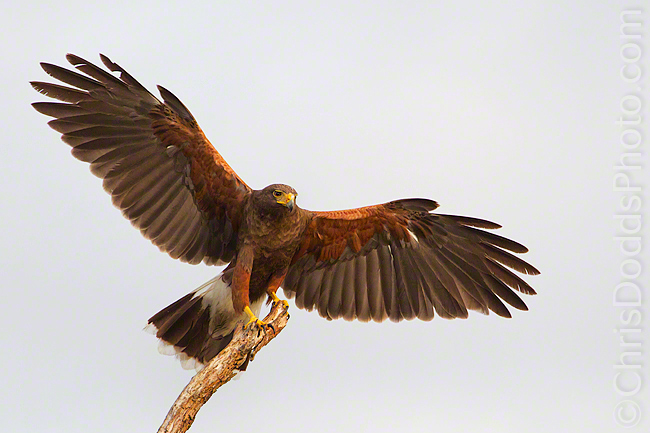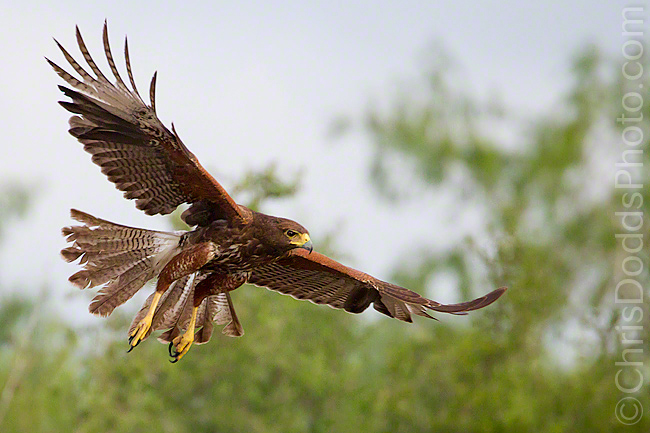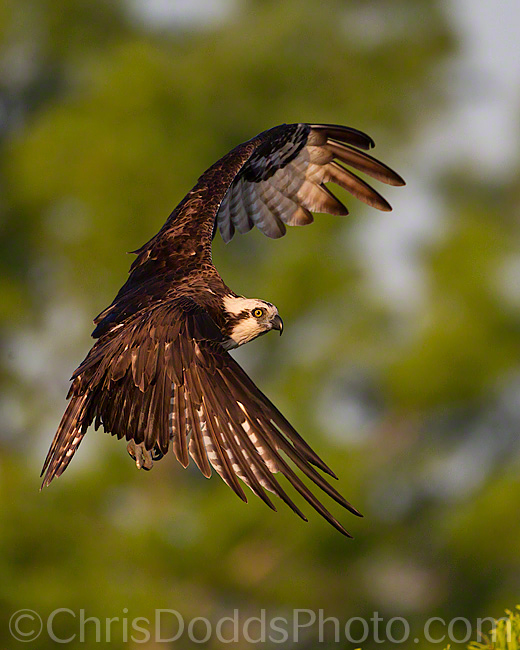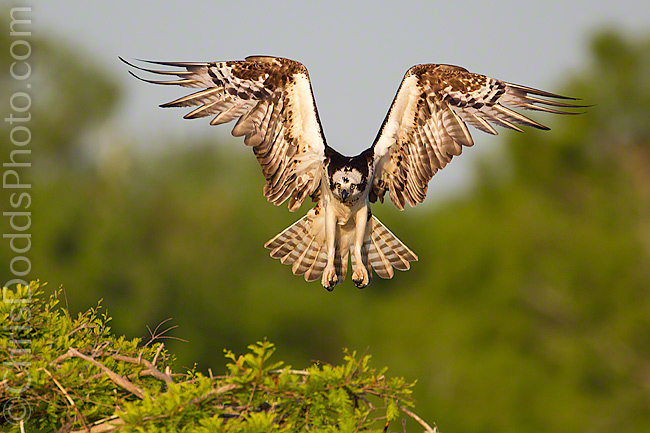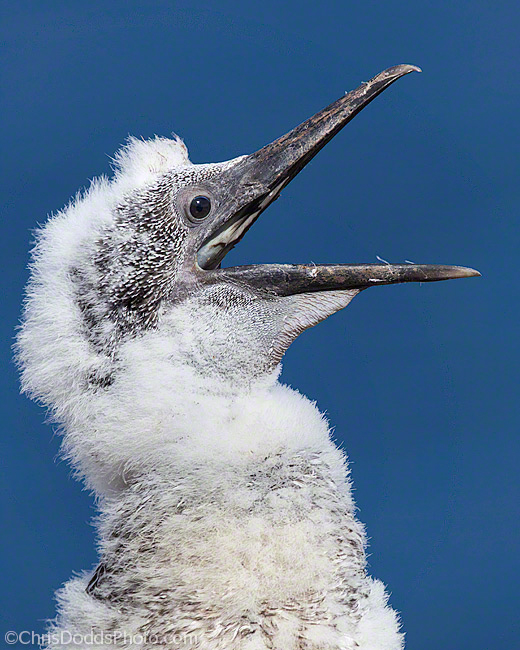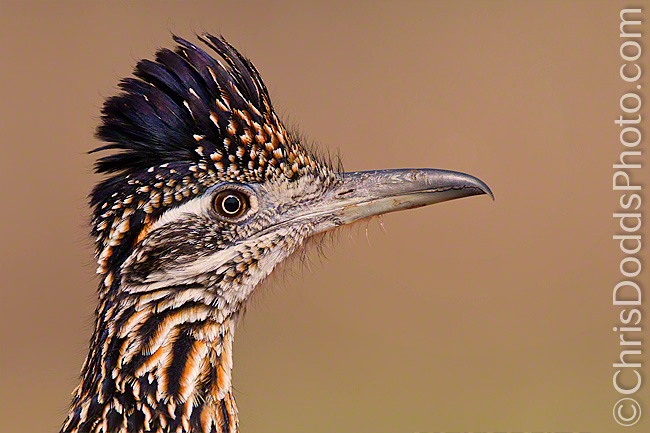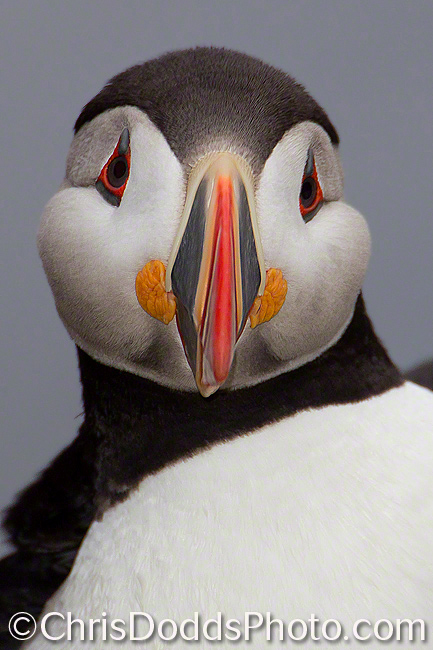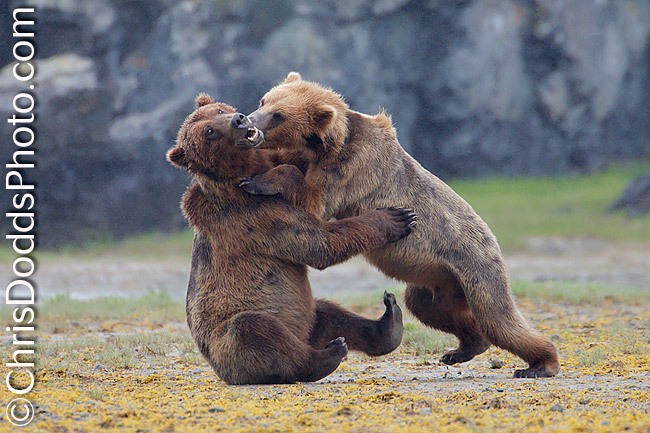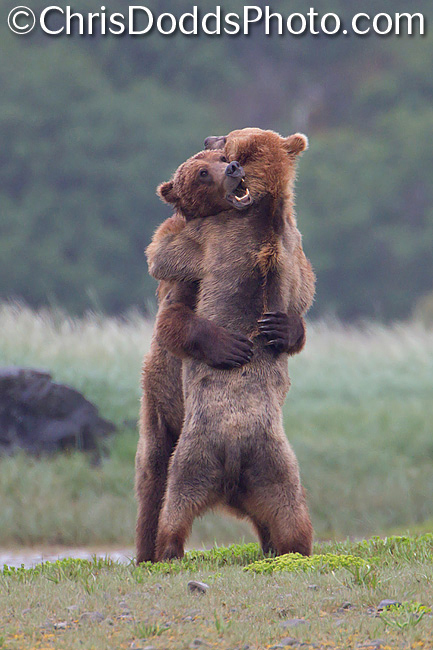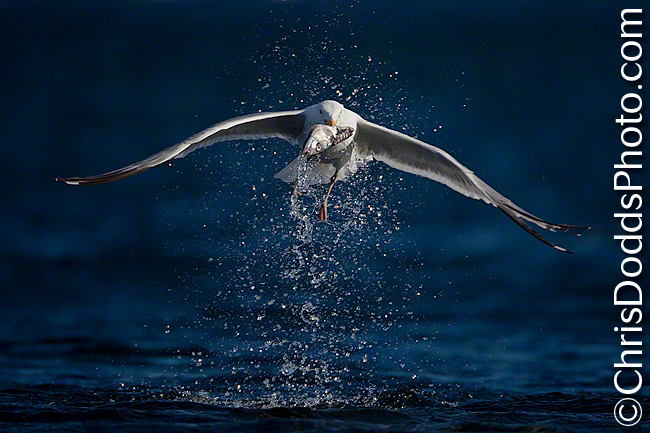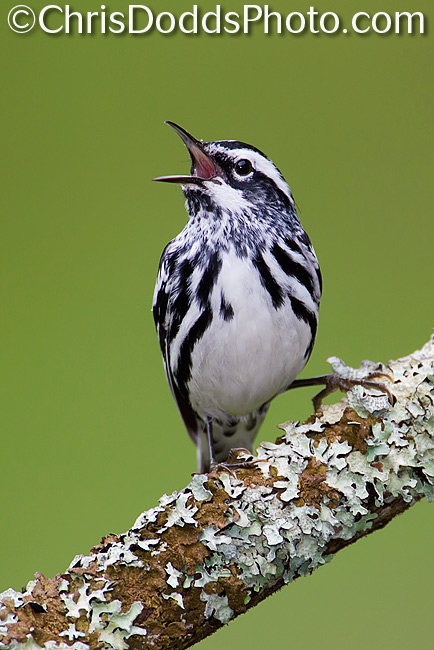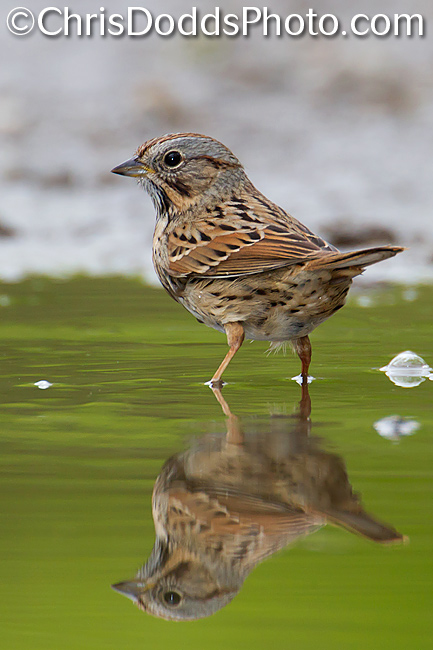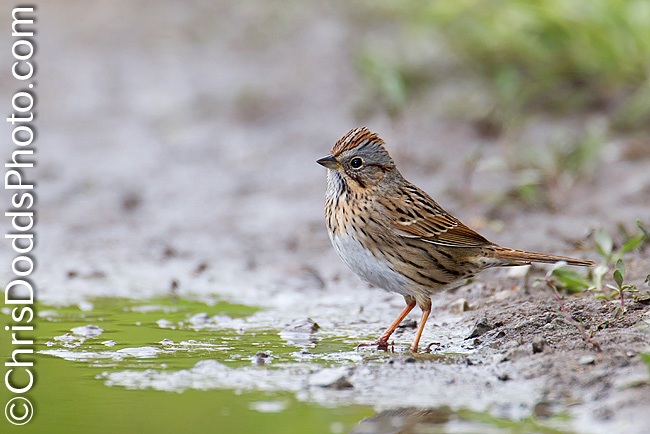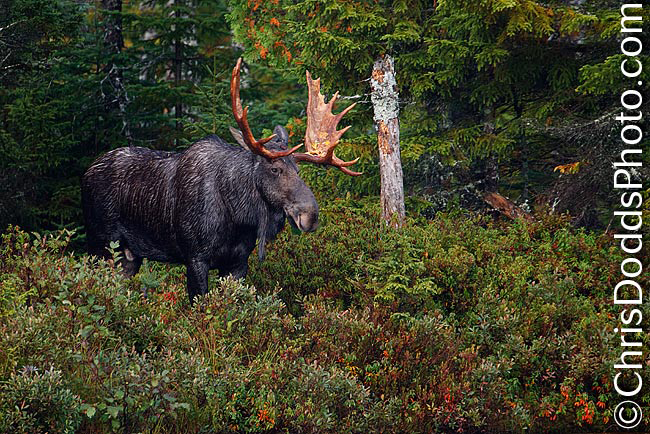 Crested Auklet Portrait (Aethia cristatella, CRAU) Saint Paul Island, The Pribilof Islands in the Bering Sea, Alaska. Image Copyright ©Christopher Dodds. Canon 1D MK IV, 500mm F4 L IS , 2X Teleconverter III & Canon Extension Tube EF 25 II, Tripod & Jobu Jr. 3 ISO 1,600 f/8 @ 1/160s Manual Mode. Fill flash Canon Speedlite 580EX II with Better Beamer @ -2&2/3. PURCHASE A PRINT or LICENSE IMAGE FOR PUBLICATION HERE.
Crested Auklet Portrait (Aethia cristatella, CRAU) Saint Paul Island, The Pribilof Islands in the Bering Sea, Alaska. Image Copyright ©Christopher Dodds. Canon 1D MK IV, 500mm F4 L IS , 2X Teleconverter III & Canon Extension Tube EF 25 II, Tripod & Jobu Jr. 3 ISO 1,600 f/8 @ 1/160s Manual Mode. Fill flash Canon Speedlite 580EX II with Better Beamer @ -2&2/3. PURCHASE A PRINT or LICENSE IMAGE FOR PUBLICATION HERE.
Here's a portrait of a one of my favorite birds of Saint Paul Island. This portrait was made by slowly working my way to the cliff edge and pointing my camera straight down at the bird. It took a little patience to get the bird looking directly at me as I wanted it, and I just love the dark out-of-focus rocks that makes the background. We had amazing weather for June, with barely a sprikle of light rain during our entire eight day trip. Our return to Anchorage was delayed 24 hours due to fog, but that was a small price to pay for such a rewarding trip.
Do be sure to book early for my 2013 Safari to Saint Paul Island next June to avoid planned price increase.
Canon EOS 7D Firmware V2.0
Canon has announced an upcoming firmware update, 7D Firmware Version 2, for the 18 Megapixel EOS 7D that includes a raft of new features to further enhance the capabilities of Canon’s flagship APS-C format DSLR.
The new EOS 7D Firmware Version 2 update will enhance the camera with the following additional features:
Improved RAW maximum burst
In the EOS 7D the maximum burst of RAW file frames was 15 – with the firmware update this will be significantly increased so that the camera’s buffer will handle up to 25 RAW frames in a continuous burst.
In-camera RAW conversion
The EOS 7D will allow for in-camera post-processing of images. RAW images can be edited in-camera and options can be changed before saving the finished file as a ready-to-print JPEG or for sending wirelessly. This function can be used with full resolution RAW files, but not with M-RAW or S-RAW files.
The settings for in-camera RAW processing include White balance, Picture Style, High ISO speed noise reduction, Colour Space, and lens data corrections (Peripheral Illumination Correction, distortion correction and Chromatic Aberration Correction).
Image rating capabilities
Like other Canon EOS DSLRs, such as the EOS 60D, EOS-1D X and EOS 5D Mark III, the EOS 7D will be able to rate images from 1 to 5 stars in-camera for quicker and easier sorting of images within your workflow. The ratings can be used to sort images in applications such as Adobe Elements, Adobe Bridge and Apple Aperture. The ratings are XMP compliant and Canon’s Digital Photo Professional software has been updated to reflect this.
Auto ISO maximum setting
Within the EOS 7D’s shooting menu photographers will have the ability to set a maximum ISO speed for ISO Auto, within the ISO range of 400-6400, so that you can minimise the amount of noise in your images.
Manual adjustment for audio recording levels
During EOS Movie shooting you will be able to manually adjust the audio recording levels to one of 64 levels, whilst the sound volume during playback can be set to one of 11 levels. During movie recording noise from the aperture is reduced and the camera also has an automatic wind cut filter.
JPEG resizing
Within the camera’s image-recording menu with all JPEG images you will be able to resize the image (for image downsizing) and save it as a new image. JPEG L and M images can be resized and saved as separate JPEG M or S images. Note that the aspect ratio cannot be changed.
Support for the GP-E2 GPS unit
The GP-E2 unit arrived with the EOS 5D Mark III and this firmware update will enable the GPS unit to be used with the EOS 7D, via a cable connection, so that photographers can geo-tag images with latitude and longitude data in the EXIF fields.
Quick Control during playback
With the Quick Control (Q) button pressed during image playback photographers will be able to select options for protect images, rotate images, rate images, resize images, highlight alert, AF point display and image jump.
File name setting
In the EOS 7D’s camera settings menu in user setting 1 the first four characters of the file name can be adjusted, whilst in user setting 2 the first three characters of the file name can be adjusted and the fourth will be set automatically according to the recording quality.
Time Zone setting
Within the EOS 7D’s camera settings menu you will be able to set the time zone, plus daylight saving time can also be set.
Faster scrolling of magnified images
The screen scrolling speed will be faster for scrolling through images when they are enlarged. The ease of use is improved when using the camera to zoom in and check focus.
The existing impressive specifications of the EOS 7D include up to 8fps shooting speed, high ISO sensitivity up to 12,800 for low light shooting, an iFCL metering system with a 63-zone Dual-layer Metering Sensor for superbly accurate exposures, plus outstanding in-camera Speedlite Transmitter flash technology.
Stay tuned here for the new firmware when it becomes available soon.
 Crested Auklet Profile (Aethia cristatella, CRAU) Saint Paul Island, The Pribilof Islands in the Bering Sea, Alaska. Image Copyright ©Christopher Dodds. Canon 1D MK IV, 500mm F4 L IS , 2X Teleconverter III & Canon Extension Tube EF 25 II, Tripod & Jobu Jr. 3 ISO 1,600 f/14 @ 1/160s Manual Mode. Fill flash Canon Speedlite 580EX II with Better Beamer @ -3. PURCHASE A PRINT or LICENSE IMAGE FOR PUBLICATION HERE.
Crested Auklet Profile (Aethia cristatella, CRAU) Saint Paul Island, The Pribilof Islands in the Bering Sea, Alaska. Image Copyright ©Christopher Dodds. Canon 1D MK IV, 500mm F4 L IS , 2X Teleconverter III & Canon Extension Tube EF 25 II, Tripod & Jobu Jr. 3 ISO 1,600 f/14 @ 1/160s Manual Mode. Fill flash Canon Speedlite 580EX II with Better Beamer @ -3. PURCHASE A PRINT or LICENSE IMAGE FOR PUBLICATION HERE.






